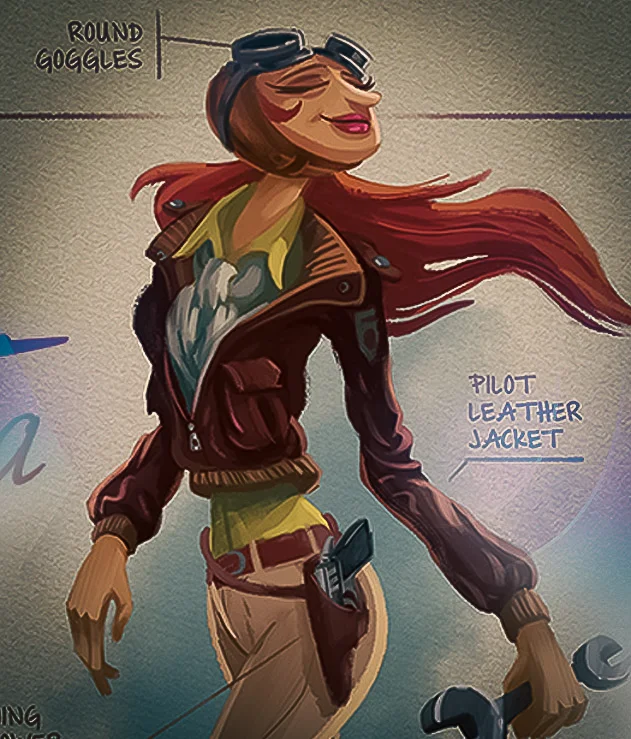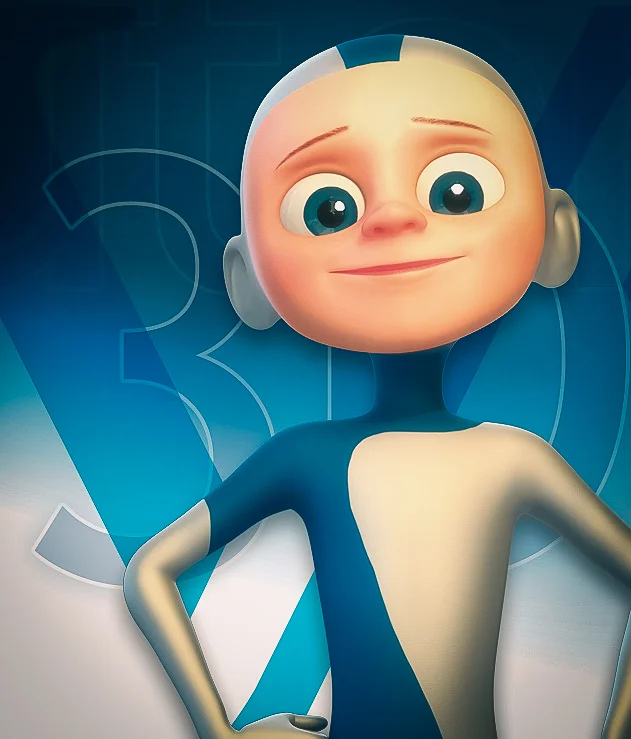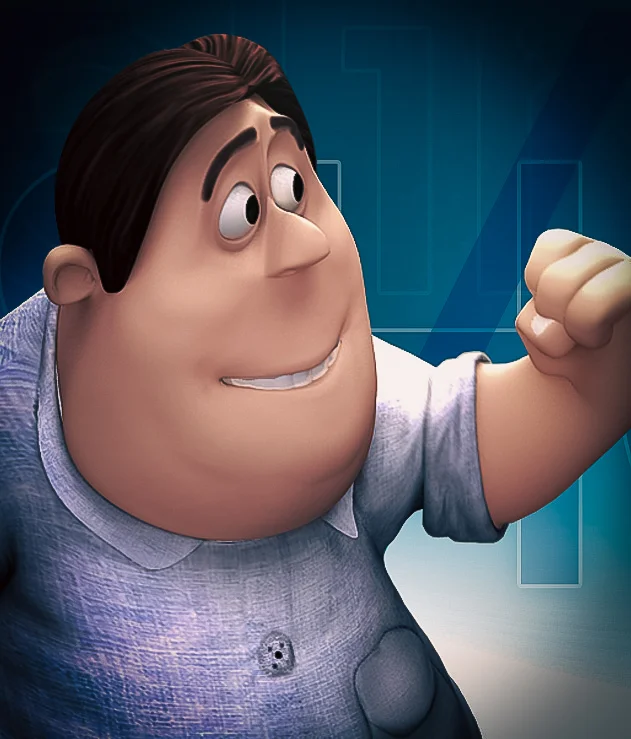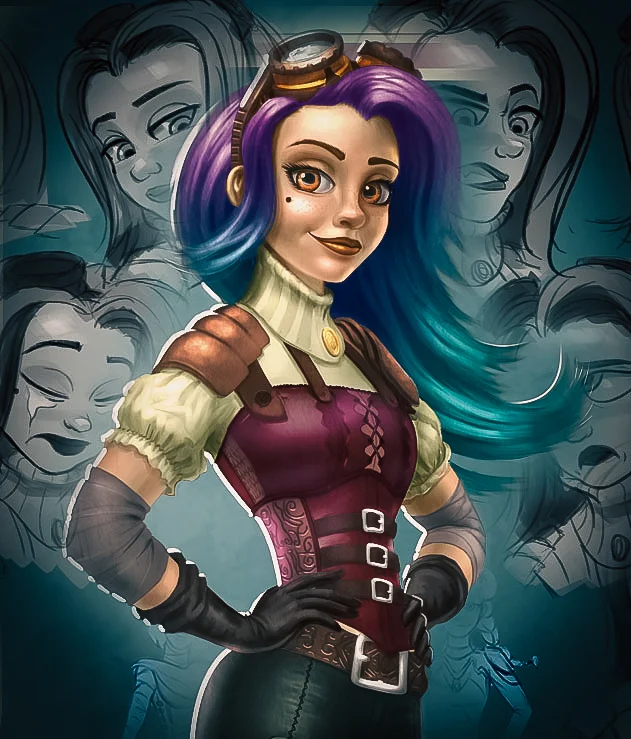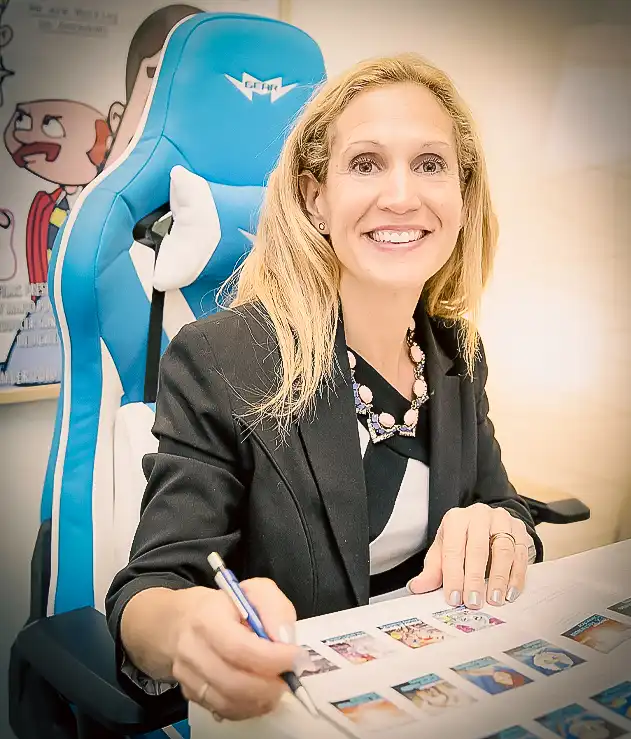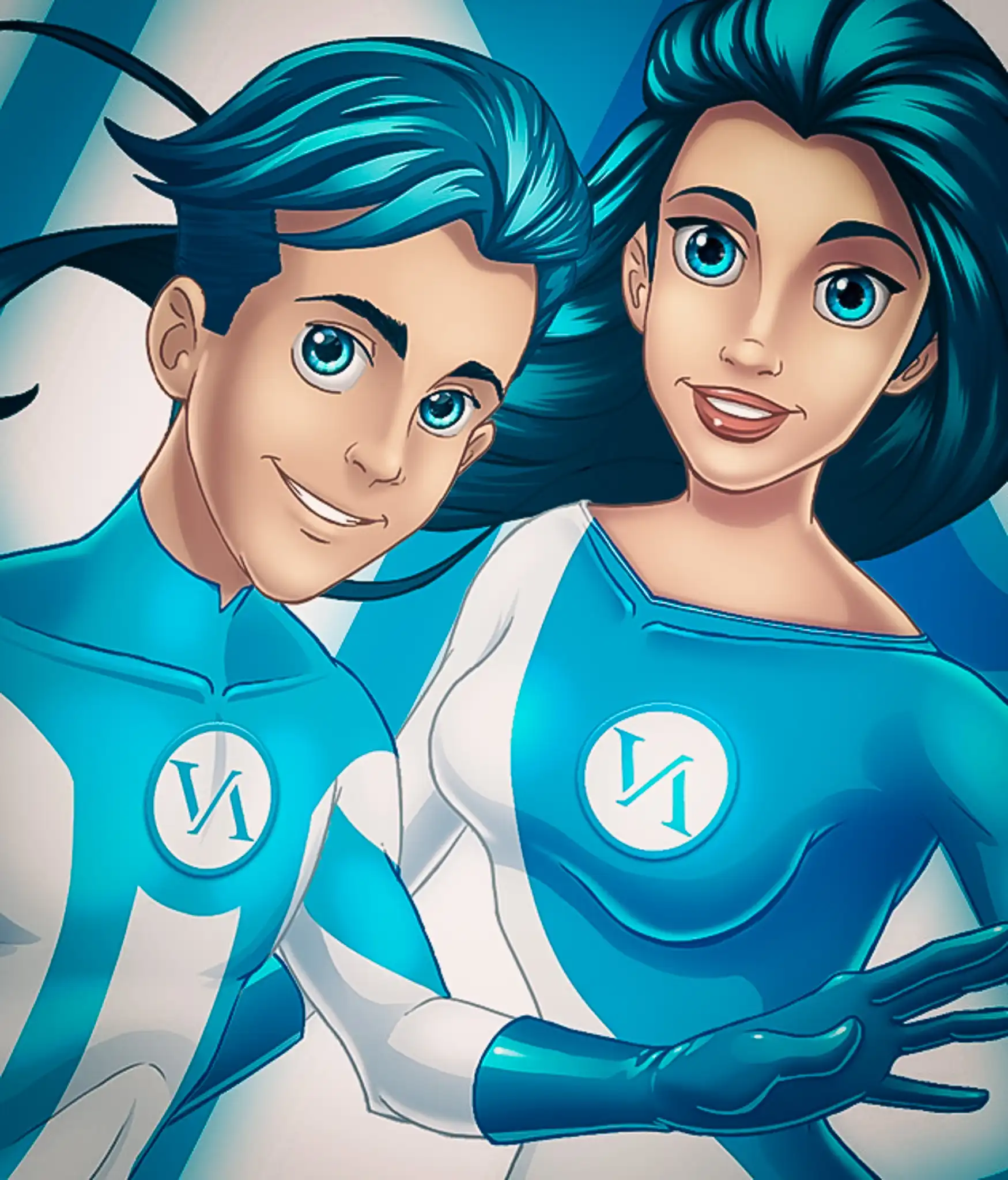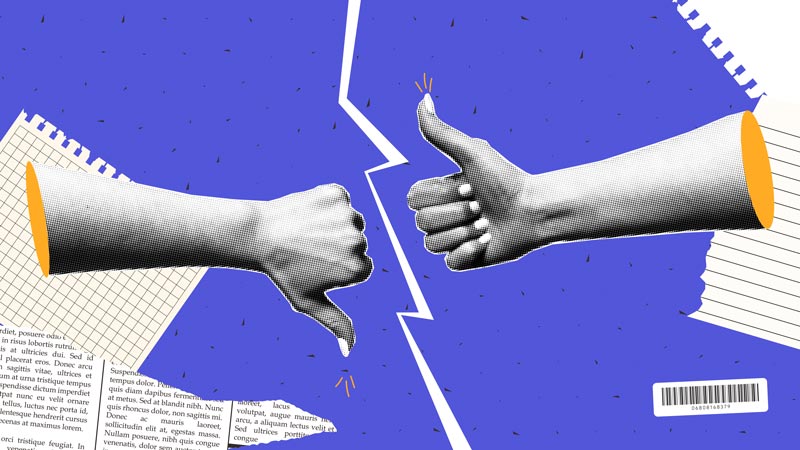 Image: Alina Kolyuka (Motion Array)
Image: Alina Kolyuka (Motion Array)
Author: VANAS Team
How to Derisk Movies or Video Game Production
Table of Contents
- What Does “Derisk” Really Mean?
- Start Small, Then Scale
- Build a Prototype
- Validate with a Real Audience
- Learn from Similar Projects
- Budget Like a Pro
- Involve Experts Early
- Make Smart Tech Choices
- Plan for the Worst
- Animation-Specific Risks and How to Handle Them
- Keep Talking to Your Audience
- Frequently Asked Questions
What Does “Derisk” Really Mean?
To derisk a project means doing everything you can to spot problems before they happen. Imagine building a bridge. Engineers test the design, choose strong materials, and check weather forecasts. Creators of games and animated movies should do the same — test, plan, and make smart decisions early.
Derisking doesn’t kill creativity — it protects it.
Start Small, Then Scale
A common mistake in the Animation and video game world is starting too big. Ambition is great, but without a proven process, it’s like building a rocket without testing the engine.
Instead, start with:
- A short animated clip
- A single game level
- A character sketch with motion
- A basic story draft
This approach lets you explore your ideas without investing all your time or budget. Once you know it works, you can expand.
Build a Prototype
A prototype is like a sneak peek of your final project. In Animation, it could be an animatic (a rough animated storyboard). In games, it's often a playable demo.
Why it works:
- You get feedback early
- You see what's fun or what falls flat
- You find bugs, flaws, or pacing issues
And most importantly: you find out if people actually like your idea.
For example, the creators of Among Us worked on a small prototype before growing the game. It wasn’t an overnight success, but starting small helped them keep improving without burning out.
Validate with a Real Audience
You can’t derisk a project without knowing what your audience wants. Even the best Animation project can fail if it doesn't connect with viewers.
Validation means:
- Sharing early clips, trailers, or screenshots
- Watching how viewers react on social media
- Asking for honest opinions
- Testing different styles or voices
Your goal is to find out, “Would someone actually pay for this?”
Sometimes, even a simple test post on TikTok or Instagram can reveal if people are excited about your story or bored by it.
Learn from Similar Projects
No one creates in a vacuum. If you're working on a fantasy Animation, study the hits and the flops in that genre. If you're developing a sci-fi game, dig into what made similar games great — or terrible.
Ask yourself:
- What worked in their story, art, or music?
- What made audiences stop watching or playing?
- What mistakes can you avoid?
This kind of research gives you a cheat sheet. You’re learning from someone else’s failure — so you don’t have to repeat it.
Budget Like a Pro
Even students working on small passion projects need a plan for how to spend their money. Running out of budget before finishing is one of the biggest risks.
Here’s how to budget smartly:
- Separate “must-haves” from “nice-to-haves”
- Include a backup fund (called a contingency)
- Track everything you spend
- Plan for marketing, not just production
If you’re working on Animation, remember that character rigging, rendering, and voice acting can eat up more resources than expected. Talk to others who’ve done similar work and learn from their budget mistakes.
Involve Experts Early
You might have the talent and drive, but that doesn’t mean you need to do everything alone. Bringing in experts — even for short advice sessions — can help you avoid rookie mistakes.
Examples of helpful pros:
- A senior animator who can spot weak character rigs
- A game developer who understands memory limits
- A producer who knows what tools break under pressure
- A writer who helps polish your dialogue
This doesn’t mean hiring a full team. Even one conversation with a mentor can save you weeks of struggle.
VANAS Online Animation School offers Animation, Visual Effects, and Video Game programs. To launch your career, visit https://www.vanas.ca
Make Smart Tech Choices
Choosing the wrong tool can ruin your timeline. In Animation, this could mean using a software that crashes during rendering. In games, it might mean coding in a language that nobody else understands.
Before committing to any software, ask:
- Is it reliable?
- Is it industry standard?
- Can I find tutorials and help online?
- Will it still be supported in a few years?
Going with tools that are widely used (like Unreal Engine, Blender, or Toon Boom) helps you find support faster — and makes hiring or collaborating easier later.
Plan for the Worst
This might sound negative, but it’s actually smart: imagine what could go wrong and prepare a Plan B.
Possible risks:
- A team member quits
- Your file gets corrupted
- You lose internet or software access
- An audience dislikes the theme
Create “if this, then that” strategies. If your animation budget runs out, do you simplify the scenes? If a story beat doesn’t work, can you replace it with one that was tested before?
"Hope for the best, prepare for the mess."
Animation-Specific Risks and How to Handle Them
If you're working in Animation, here are risks that show up again and again:
1. Over-animating New animators try to move everything all the time. This wastes time and budget.
Fix: Focus on key poses and emotional beats.
2. Bad storyboarding If your scenes don’t flow on paper, they won’t on screen either.
Fix: Spend time refining your storyboard. Ask others to review it.
3. Ignoring audio too long Poor sound makes even great visuals feel cheap.
Fix: Plan music and sound early, even with temporary versions.
4. Too many characters Every new character means more design, voice, and rigging work.
Fix: Keep the cast small and strong.
Keep Talking to Your Audience
Even after launching a trailer or sharing early animations, keep communicating. Don’t disappear. Fans love to follow the process.
Ways to stay connected:
- Share behind-the-scenes videos
- Ask fans to vote on design choices
- Post bloopers or sketchbook pages
- Let your audience help name characters
This isn’t just fun — it helps you understand what fans truly care about. That’s real-time derisking.
And when your project is finally done, those same fans are more likely to support it — because they feel like part of the journey.
VANAS Online Animation School offers Animation, Visual Effects, and Video Game programs. To launch your career, visit https://www.vanas.ca
Frequently Asked Questions
What is the biggest risk in animation or game development? Not knowing what your audience wants or starting too big without testing.
Can derisking kill creativity? No. It actually helps protect creative ideas by avoiding common pitfalls and wasted time.
How do I know if my idea is worth pursuing? Start small, build a prototype, and test with a real audience. Their reactions will guide you.
Is derisking only for big companies? No. Indie creators and students benefit just as much — sometimes more — because their budgets are smaller.
What tools help derisk animation projects? Storyboards, animatics, early audience feedback, and having a clear budget are all essential tools.
How can I practice derisking while still in high school? Try creating short animated clips or game levels. Share them online, ask for feedback, and track what people respond to.
Where can I learn more about animation and how to manage creative projects? VANAS Online Animation School offers Animation, Visual Effects, and Video Game programs. To launch your career, visit https://www.vanas.ca

